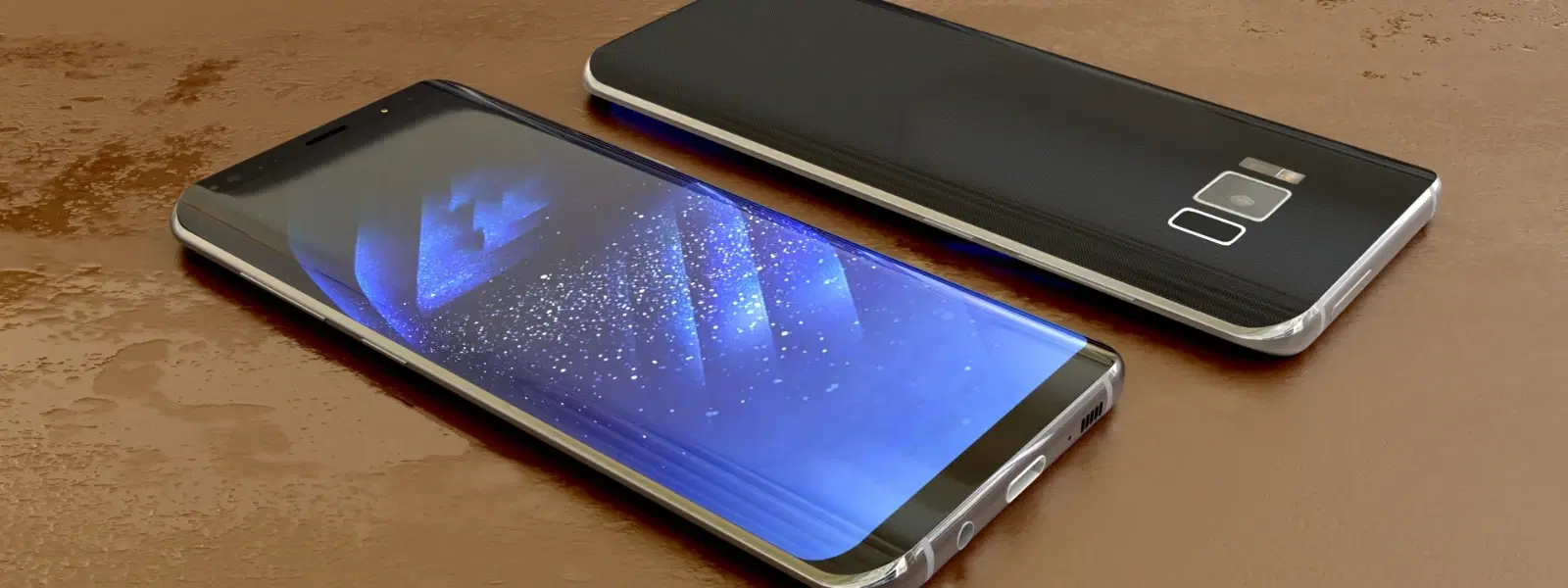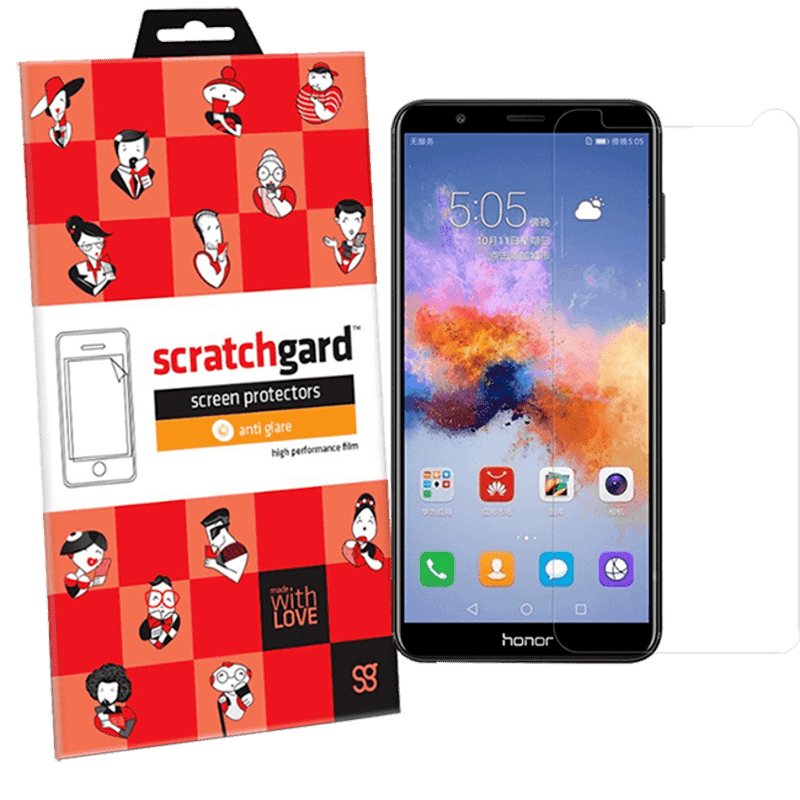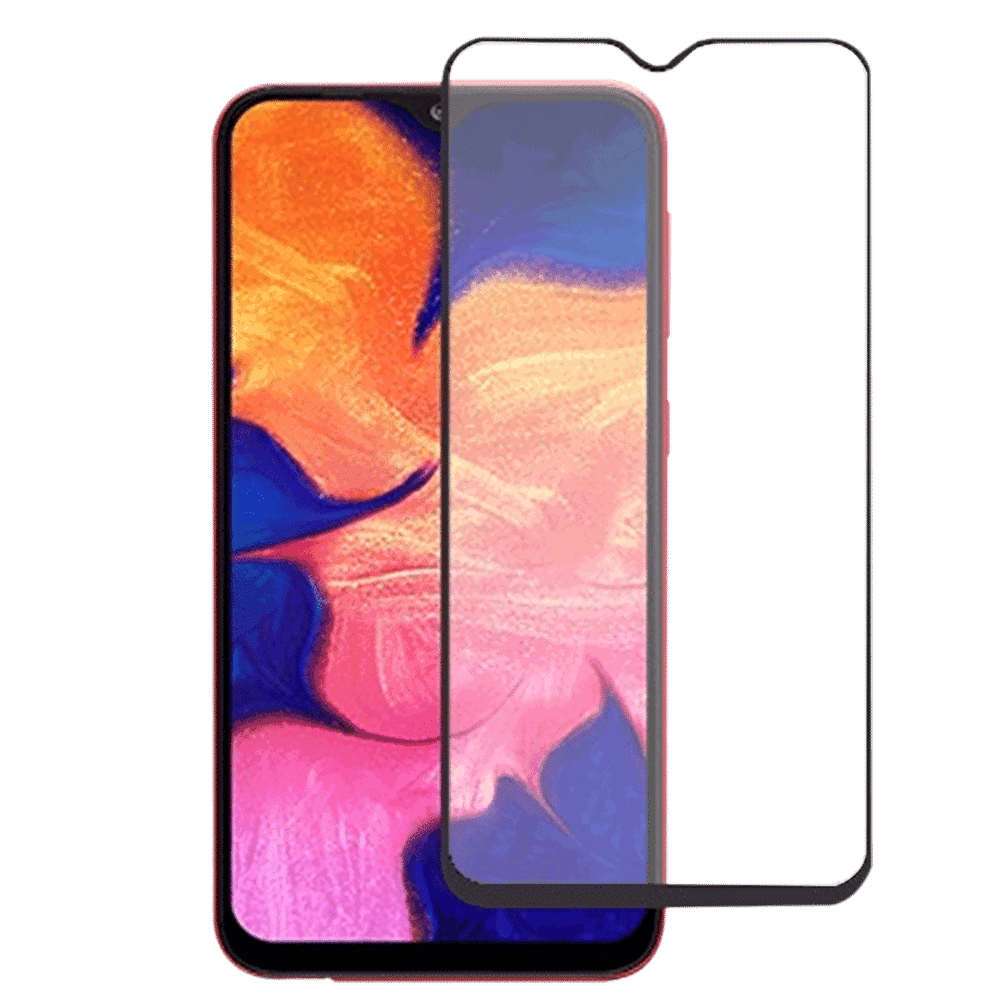
Consumer Electronics
•03 min read

Buy SAMSUNG Screen Protector for SAMSUNG Galaxy Z Flip7 (Anti-reflecting Film) online at best prices from Croma. Check product details, reviews & more. Shop now!
Ever wondered what the blue film that comes with screen protector is for? It might seem like a small detail, but this blue protective screen cover plays a crucial role in achieving a flawless application. In this guide, you will learn everything about the blue film on screen protectors. We will explore its purpose, review an easy-to-follow checklist, and share practical installation tips so you can enjoy optimal protection and a pristine display.
The blue film is an essential part of many screen protector kits. It serves as a protective layer for the adhesive side, ensuring that dust and debris do not compromise its effectiveness. This screen protector installation film is carefully designed to secure the sensitivity of the adhesive, keeping it clean before installation.
There is a variation of blue films used for different styles of screen guards. Some are crafted as adhesive films for screen protectors, while others act as dust prevention films for screens. Each type is specific to its purpose, whether it is to protect the adhesive or to smooth the application process by reducing dust interference.
To ensure a smooth installation, start by preparing a clean and dust-free environment. Gather the necessary tools such as a microfiber cloth, a screen protector alignment tool, and a dust prevention film for screens. This simple checklist helps minimise the risks of contaminants affecting your installation.
Before you remove any layers, inspect the screen protector and its blue layer. Look out for any damage or imperfections in the blue film that might hinder proper application. Ensuring that the blue film aligns perfectly with the screen protector edges is crucial for seamless installation.
When it is time to apply your protector, start by peeling off the blue protective screen cover carefully. Handle the removable film on screen protectors gently to avoid damaging the adhesive. This measured step is key in maintaining the integrity of your screen protector installation film.

Buy scratchgard Primo 3D Screen Protector for Honor 7X (Fingerprint Resistant) online at best prices from Croma. Check product details, reviews & more. Shop now!
Next, use a screen protector alignment tool for precise placement of the screen guard. Make sure that the adhesive film for screen protectors is correctly positioned to match the contours of your screen. Precise alignment will enhance the overall appearance and performance.
After aligning, press the screen protector gently onto the screen. This step helps drive out any air bubbles and ensures that the adhesive bonds well to your screen. Utilize the dust prevention film for screens during this process to maintain a clean surface and prevent the inclusion of unwanted particles.
Pro Tip: Did you know the blue film acts as a dust prevention layer during installation? Removing it last helps keep your screen protector clean and dust-free, ensuring a flawless application each time.
The blue layer on screen protectors is designed to guard against dust during the application process. However, any misstep in alignment or workspace preparation can lead to air bubbles. Simple techniques like gently smoothing out the protective film can help eliminate these bubbles and improve overall adhesion.
Sometimes, misalignment can occur. In such cases, carefully reapply the screen protector without damaging the remaining adhesive film. Follow screen guard installation tips closely to ensure a perfect fit and long-term protection.
After installation, maintain your screen protector by cleaning it with a soft, lint-free cloth. Avoid using harsh cleaners that could damage the screen guard or its adhesive properties. A little care goes a long way in preserving the clarity and responsiveness of your screen.

Buy stuffcool MGGP25DSGA10 2.5D Tempered Glass for Samsung Galaxy A10 (Scratch Resistant) online at best prices from Croma. Check product details, reviews & more. Shop now!
Over time, even the best screen protectors wear out. Notice any signs of peeling, bubbles, or diminished clarity? It might be time to replace your screen protector. Remember, the blue film in your packaging helps extend the lifespan of your protector by ensuring it remains uncontaminated until use.
The blue film is a protective layer designed to keep the adhesive side of the screen protector clean and dust-free during installation.
No, the blue film is meant to be discarded after installation as its primary purpose is to protect the adhesive layer during application.
The blue film acts as a barrier, shielding the adhesive side of the screen protector from airborne particles until it is ready to be applied.
Common tools include a screen protector alignment tool, a microfiber cloth, and a dust prevention film for screens to ensure a clean and accurate application.
Air bubbles typically occur due to improper alignment or dust particles trapped under the screen protector. Using the blue film correctly can help reduce these issues.
Using your screen protector becomes simpler with this carefully curated checklist. By following these steps, you not only enhance the longevity of your screen protector but also enjoy the sophisticated convenience that platforms like Tata Neu inspire. With features such as NeuCoin rewards for every smart transaction, every detail from your device accessories to major electronics is designed to elevate your experience. Remember, products chosen with care from trusted outlets ensure that every purchase supports a lifestyle of smart, secure, and seamless shopping.
This guide serves as a testament to the thoughtful design underpinning a well-executed screen protector installation. Embrace these steps, and check availability for Express Delivery if needed, to keep your device looking its best and enjoy a stress-free digital experience.